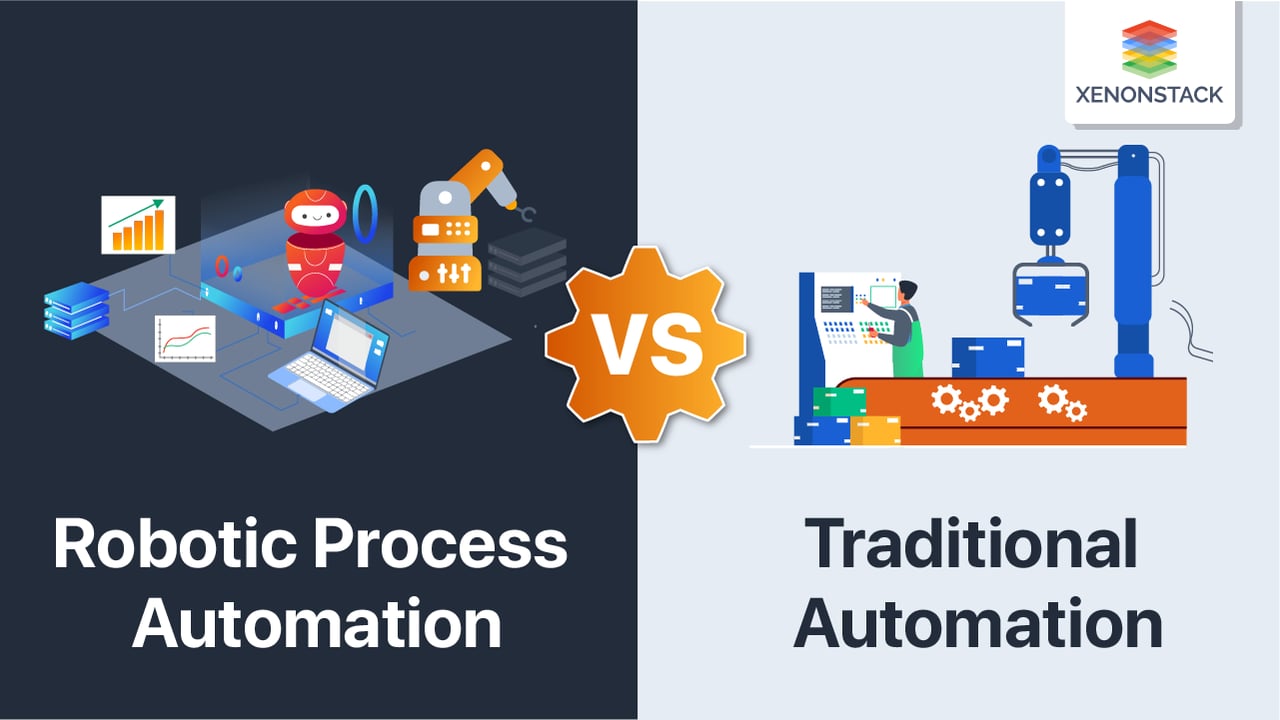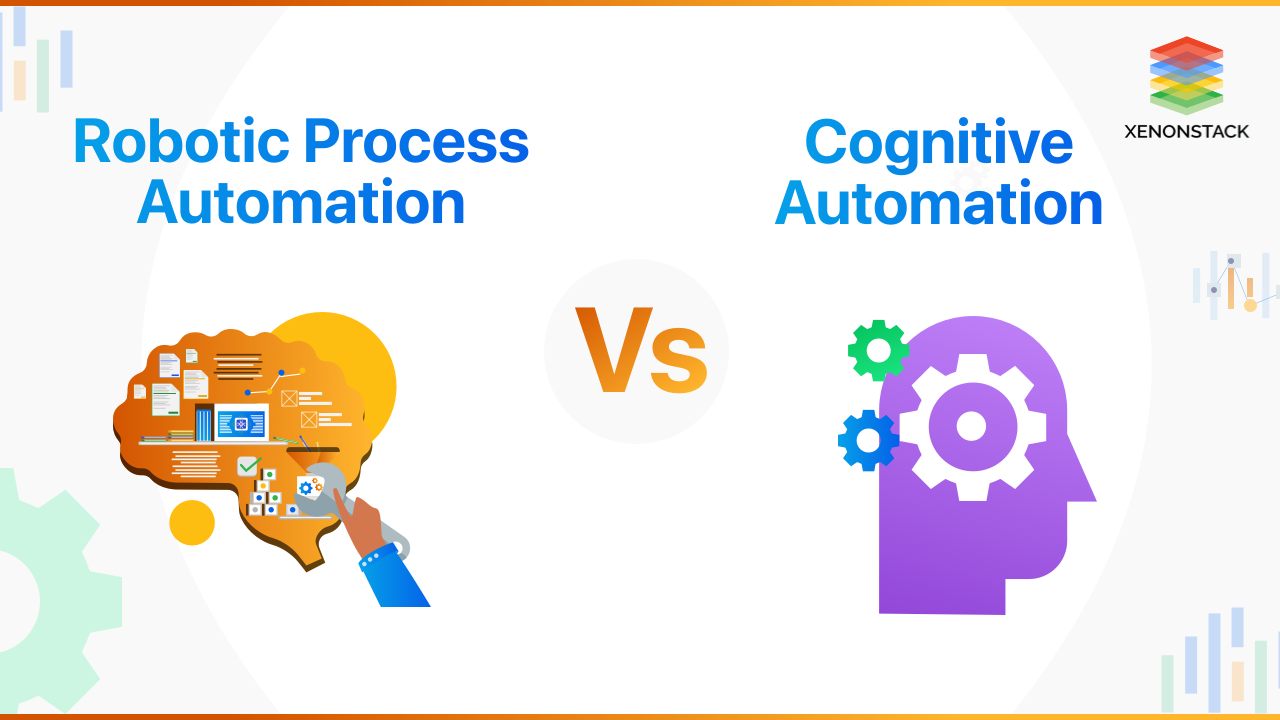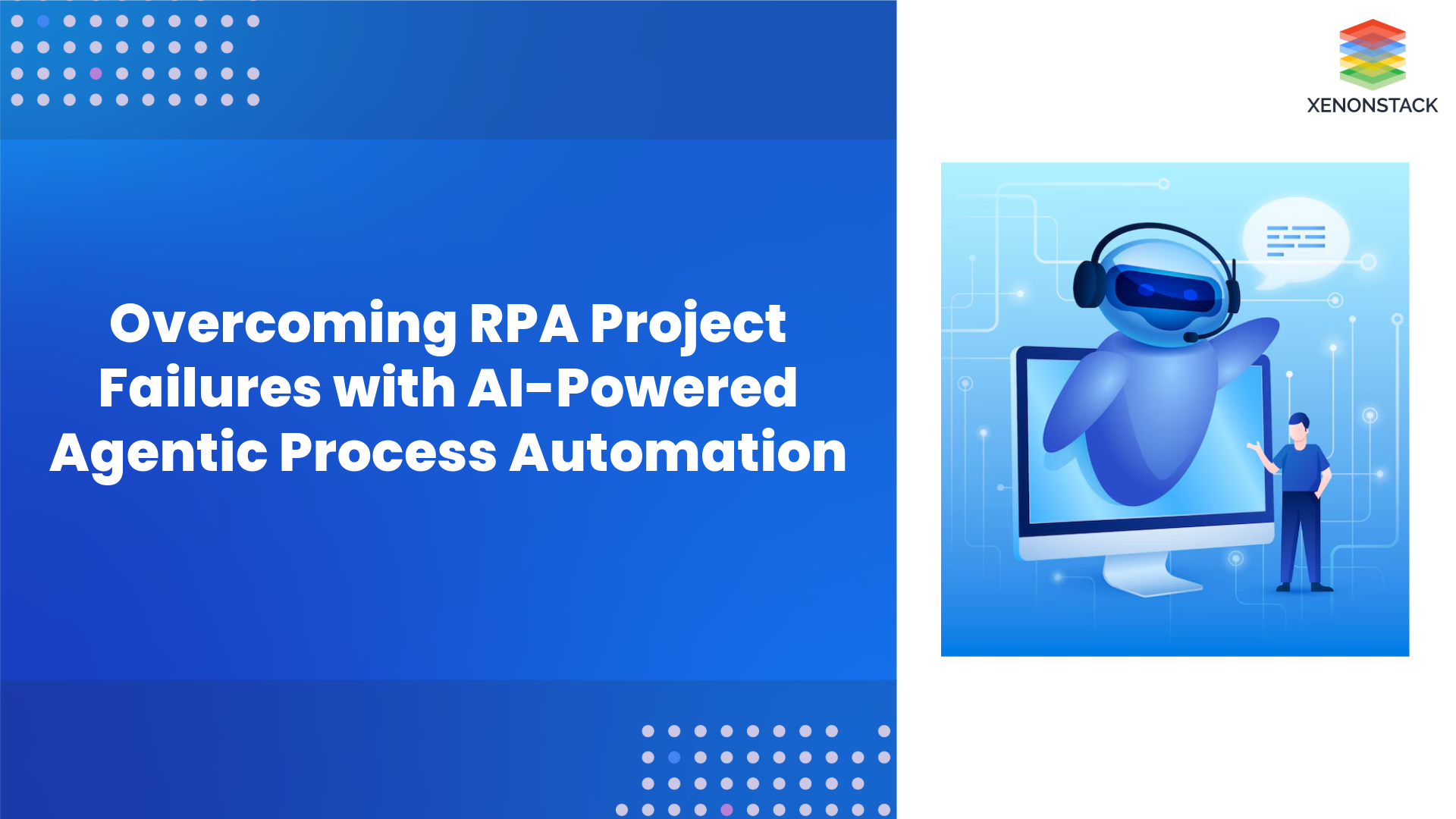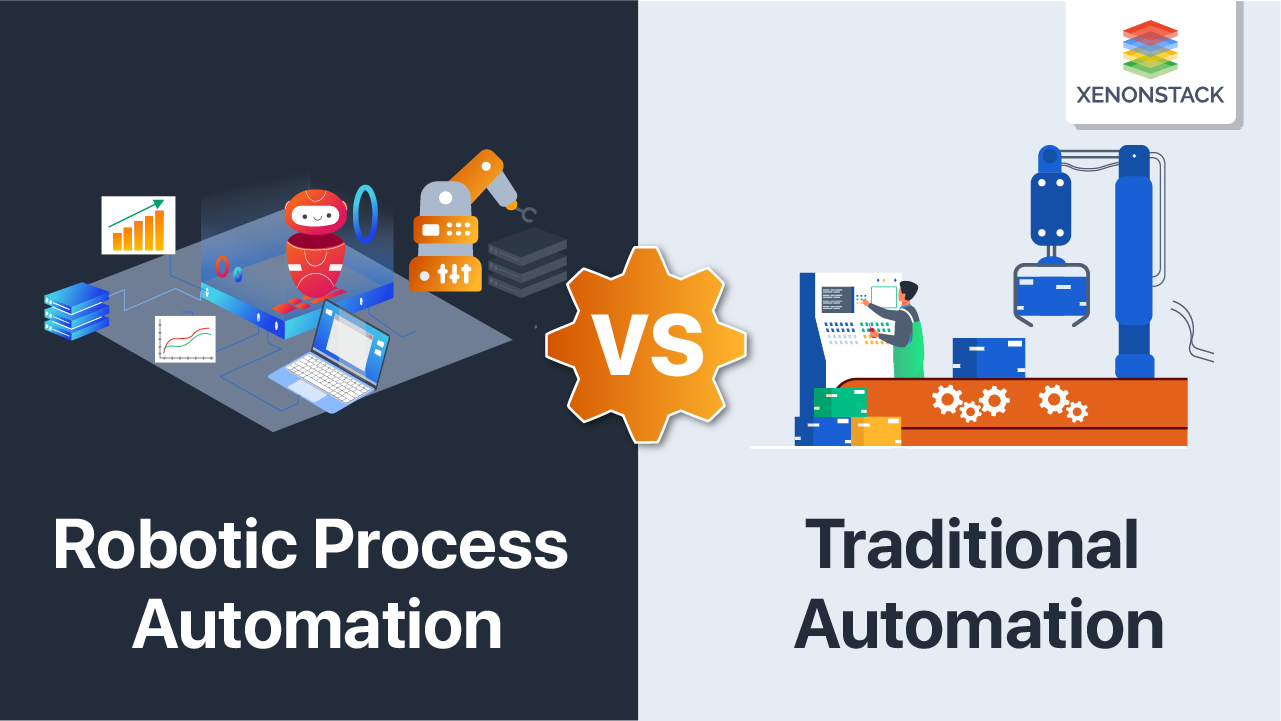
Introduction to Automation Technologies
Automation technologies have revolutionized the way businesses operate, enabling them to streamline processes, reduce human error, and enhance operational efficiency. These technologies encompass a range of methodologies, including Robotic Process Automation (RPA), Agentic Process Automation (APA), and Computer Model Automation. Each of these plays a crucial role in driving business transformation, offering unique advantages for different industries.
Types of Automation Technologies: RPA and Advanced Models
-
Robotic Process Automation (RPA) uses software robots to automate repetitive, rule-based tasks, improving efficiency, compliance, and cost reduction across industries. When combined with Artificial Intelligence (AI), particularly generative AI, RPA can handle more complex, decision-based tasks, expanding its capabilities.
-
Agentic Process Automation (APA) goes beyond simple automation by incorporating AI models and decision-making agents to optimize processes. APA systems adapt to changing conditions and continuously improve operational outcomes through self-learning, enabling businesses to automate complex workflows requiring decision-making.
-
Computer Model Automation uses AI-driven simulations and predictive modeling to optimize entire systems and workflows. It leverages machine learning and data analytics to simulate different scenarios, predict outcomes, and make real-time adjustments, improving both short-term and long-term business results.
Robotic Process Automation tool combines it with elements like Natural language understanding and reading any unstructured data. Click here to explore the Best RPA Tools.
What is Robotic Process Automation?
Robotic Process Automation (RPA) is a technology that helps create software robots to handle repetitive routine tasks. It combines user interface (UI) interactions, integrates with APIs, and performs repetitive tasks between enterprise and productivity applications. By deploying software robots that emulate human processes, RPA tools complete the autonomous execution of various transactions and activities across unrelated software systems.
It is a type of software automation technology developed with artificial intelligence (AI) and machine learning (ML). It helps design software bots that carry out day-to-day tasks quickly and independently without human interference.
Uses robotic technology by businesses to automate various repetitive tasks. Click to explore about our, RPA in Human Resources Management
Advanced Models: Agentic Process Automation and Computer Model Automation
Agentic Process Automation (APA)
Agentic Process Automation (APA) takes automation beyond just task execution by incorporating AI in automation and decision-making automation. Unlike traditional RPA, which is primarily used for automating repetitive, rule-based tasks, APA is designed to handle more complex tasks that require judgment, reasoning, and adaptive decision-making.
By leveraging cognitive automation, APA enables systems to analyze and process both structured and unstructured data. This allows businesses to automate complex workflows that involve dynamic decision-making, such as processing customer feedback, managing supply chain logistics, or even assessing risk in financial transactions. APA is powered by AI models that continuously learn and adapt based on real-time data, making them more flexible than traditional workflow automation systems.
Computer Model Automation
Computer Model Automation uses AI-powered simulations and predictive models to automate and optimize business processes. It leverages predictive modeling in automation to analyze data, simulate various scenarios, and forecast outcomes in real-time. This allows businesses to make informed decisions, optimize workflows, and improve efficiency.
Unlike traditional automation models, Computer Model Automation is designed to optimize entire systems rather than automate individual tasks. By using machine learning in automation, businesses can simulate different business scenarios to find the most efficient solutions for operations, reducing the need for manual intervention.
Robotic Process Automation (RPA) vs Agentic Process Automation vs Computer Model Automation
While all three automation technologies aim to improve efficiency and reduce manual intervention, they differ in their approach, scope, and applications. Below is a comparison of Robotic Process Automation (RPA), Agentic Process Automation (APA), and Computer Model Automation across key aspects:
|
Aspect
|
Robotic Process Automation (RPA)
|
Agentic Process Automation (APA)
|
Computer Model Automation
|
|
Technology |
Uses software bots to automate repetitive tasks via user interface (UI) interactions and APIs |
Combines AI, machine learning, and decision-making agents to automate complex workflows |
Leverages AI-powered simulations and predictive modeling to optimize entire business processes |
|
Software Limitations |
Works with UI, APIs, and data input to automate tasks across systems without modifying source code |
Can adapt to dynamic process automation and handle complex decision-making, dealing with structured and unstructured data |
Works with large datasets and simulates multiple scenarios but may require custom AI models for specific use cases |
|
Cost Efficiency |
High initial investment but becomes cost-effective over time as tasks become automated |
Higher upfront costs due to AI integration, but delivers long-term value by automating and optimizing decision-making |
Costly in terms of data and model development, but significantly reduces operational costs by predicting and optimizing outcomes |
|
Customization |
Highly customizable, integrates with various business applications like CRM, ERP, and more |
Allows for highly adaptive, self-learning systems capable of handling complex workflows and decisions |
Customizable for industries requiring advanced predictions and simulations, such as finance and manufacturing |
|
Turnaround Time |
Fast execution with bots automating repetitive, rule-based tasks quickly |
Slower to implement due to AI and machine learning integration, but faster in adapting to dynamic processes |
Execution speed is dependent on model complexity and is often used for long-term strategic optimization |
Helping financial institutions to provide 24/7 support for important activities and processes. Click to explore about our, RPA for Financial Services
Can Advanced Models Replace Robotic Process Automation?
In the evolving landscape of automation technologies, Robotic Process Automation (RPA) has become a popular choice due to its flexibility, ease of use, and integration capabilities. However, when comparing RPA with more advanced models like Agentic Process Automation (APA) and Computer Model Automation, it’s important to understand that RPA is not always a one-size-fits-all solution.
While RPA excels in automating repetitive, rule-based tasks across various software systems, it has limitations when handling more complex, dynamic tasks that require decision-making or predictive capabilities. This is where advanced models like APA and Computer Model Automation shine.
While RPA remains invaluable for handling high-volume, repetitive tasks, APA and Computer Model Automation offer more advanced capabilities, automating tasks that require adaptability and intelligence.
Key Differences in Use Cases
-
RPA is best suited for workflow automation, where tasks are rule-based and repetitive. It integrates easily with existing systems and provides a cost-effective solution for automating simple tasks.
-
APA provides more flexibility in automating complex decision-making workflows that need to adapt to changing business conditions, leveraging AI and machine learning.
-
Computer Model Automation is ideal for businesses that require deep data analysis, predictions, and system optimization across various scenarios.
Evaluating the Impact of Automation Models
Robotic Process Automation (RPA), Agentic Process Automation (APA), and Computer Model Automation each have distinct roles in driving automation within businesses. While RPA excels at automating repetitive, rule-based tasks with ease and flexibility, APA introduces a higher level of intelligence by integrating AI and machine learning, making it ideal for automating complex decision-making processes. Computer Model Automation takes this further, enabling businesses to optimize entire systems through predictive modeling and scenario simulations.
Ultimately, selecting the right automation technology hinges on the business's goals, desired outcomes, and the complexity of the processes they wish to automate. Each of these advanced automation technologies offers unique advantages, and when chosen correctly, they can drive significant improvements in efficiency, cost reduction, and business transformation.
Next Steps for Implementing Automation Technologies
Talk to our experts about implementing RPA, APA, and Computer Model Automation. Learn how industries use Agentic Workflows and Decision Intelligence to become decision-centric. AI automates and optimizes IT support and operations, improving efficiency and responsiveness.


